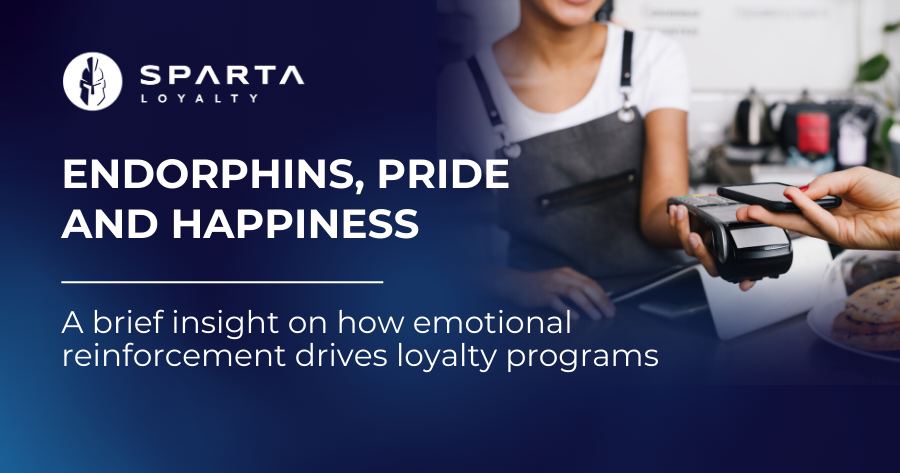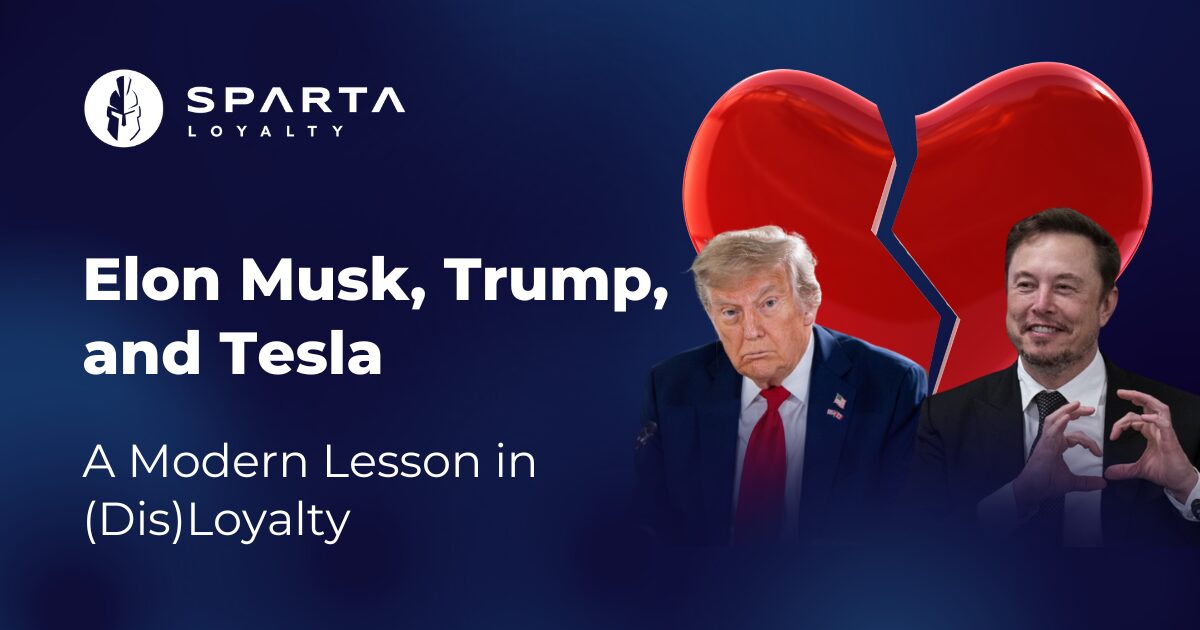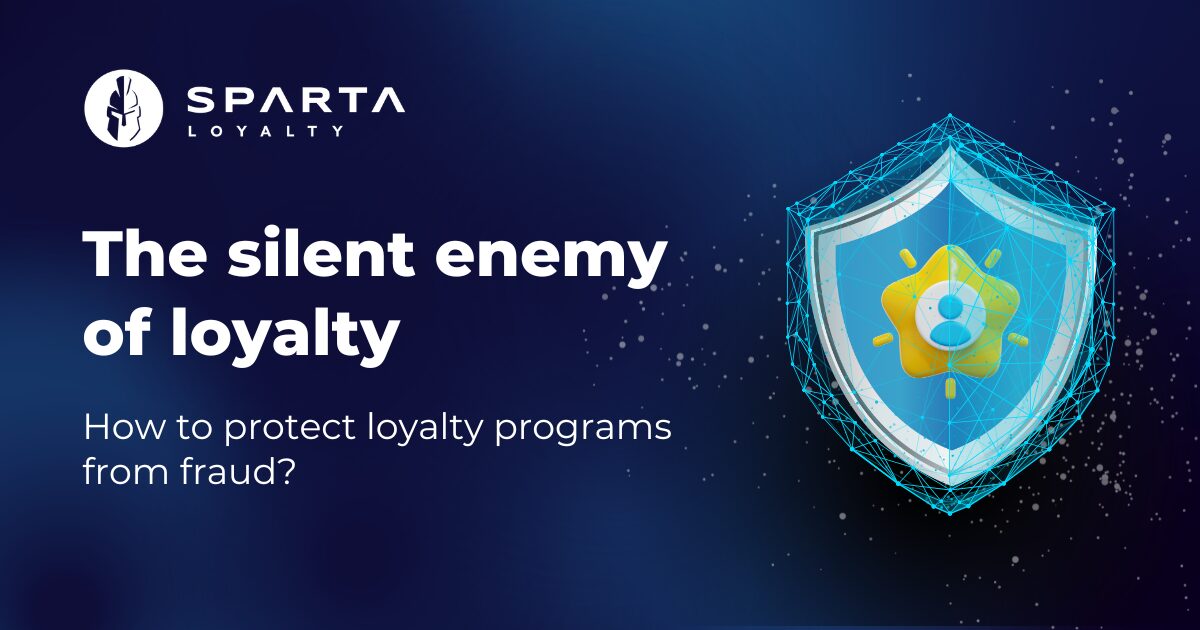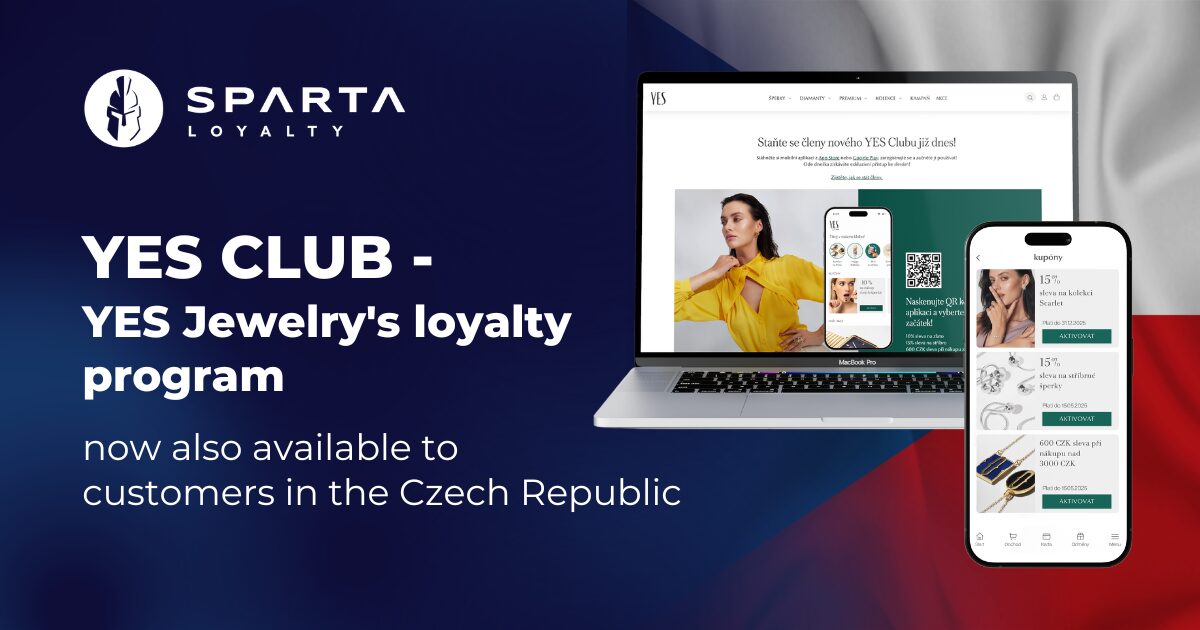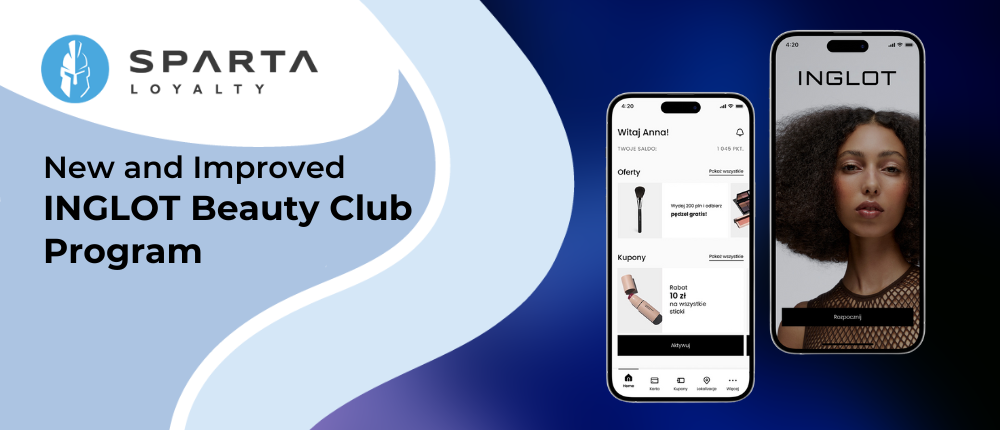We’ve all had the one friend who likes to boast about how proud he is about his newest flashy car or how he has the privilege of owning an American Express Platinum card. You most definitely also had a friend who told how happy he was about being upgraded to business class on his last flight due to the points he has accumulated with their frequent flyer points. Sound all too familiar? Well all of these scenarios clearly describe a very important emotional basis on how emotions play a major role in loyalty programs. Like an inverse of Dante’s seven circles, the main drivers of loyalty program participation and interaction have been found to be pride and happiness. These emotions in turn can fuel a sudden rush of endorphins which can further push the ever sweet goal of any loyalty program: Customer repurchase.
Loyalty programs and their emotional basis
So how do we get from customer interest to customer participation into customer repurchase? Well that part is the most difficult one, but if you have a loyalty program that is designed in a way that represents your product in the best possible aspect, then the first two steps should be already taken care of (If you don’t have a loyalty program and are keen to create one, feel free to contact one of our specialist here at Sparta Loyalty). Converting customer participation into repurchase tends to be the more difficult aspect in this model. In one of our previous articles we wrote about the value of creating an emotional bond with your clientele base which is also a powerful emotional drive for customer repurchase, but the initial step of creating that bond has to be set before any repurchase behaviour transpires. Your goal as a company and the main target of your loyalty program should be to increase emotional responses through the application of your loyalty program. Emotional responses themselves are the basis for habit forming behavior. Moreover you want to create a positive emotional response to your customers shopping/services experience ergo: Happiness and Pride.
How do we define loyalty programs?
Companies who wish to get ahead often participate in different customer retention strategies, such as encouraging customers to join loyalty programs. This has the intentional goal to improve customer loyalty and repeat business. Indeed, loyalty programs can provide substantial benefits for both customers (e.g., rewards and higher status) and companies (e.g., repurchase and customer data). Unfortunately, many loyalty programs do not prevail and create the expected financial performance, forcing companies to discontinue them. Hence, while some loyalty programs can be effective, there still is a gap in knowledge when regarding what sets loyalty programs apart. Namely, companies clearly need an in-depth understanding of what sets a successful loyalty program apart from an unsuccessful one, and that’s where we fit in.
Even though there are various types of loyalty programs in the current marketplace, frequency reward and customer tier programs are two predominant structures:
– Frequency reward programs encourage customers to “buy X amount/collect X points, and then receive some rewards”.
– Customer tier programs encourage customers to “buy X amount/collect X points, and then qualify for a tier”.
Our discussion today has its roots from a research paper that was recently conducted back in 2019 by a multi-national collaboration that primarily focused on the emotional drivers of loyalty programs (Felix Septianto, Jake An, Tung Moi Chiew, Widya Paramita, Istiharini Tanudharma, The similar versus divergent effects of pride and happiness on the effectiveness of loyalty programs, Journal of Business Research, Volume 99, 2019). Thus, the current research examines how marketers can increase the effectiveness of two distinct types of loyalty programs (frequency reward and customer tier) by purposely evoking discrete positive emotions that we mentioned before.
The study was carried out in four different experiments by identifying the different roles of two main positive emotional drivers: pride and happiness.
– Participants who partook in the research; namely studies 1 to 3 were undergraduates at a public university in Malaysia.
– Participants in study 4 tested findings using 275 adult customers of a boutique hotel in Indonesia.
The study and the researchers found that both pride and happiness increased effectiveness (measured by customer repurchase intentions) for a frequency reward programme.
Surprisingly though, only the emotion of pride was effective for a customer tier programme.
Moreover, it was interesting to see that the increases had different pathways. For frequency rewards programs, the increase depended partly on how intensely customers felt “positive”;
For customer tier schemes, the increase from pride was explained by “signaling” motives: pride motivates higher tier customers to display their superior status – i.e. they like to show off their participation in such programs.
The study also distinguished “authentic” from “hubristic” pride. Authentic pride comes up when people attribute success to things they control, like effort. Hubristic pride stems from, for instance, inherent abilities. Authentic and hubristic pride showed similar effects; the unintended negative consequence of hubristic pride was a heightened sense of entitlement. Too much of one thing can’t be good ey?
Sepianto et al also proposed a model to further clarify their results;
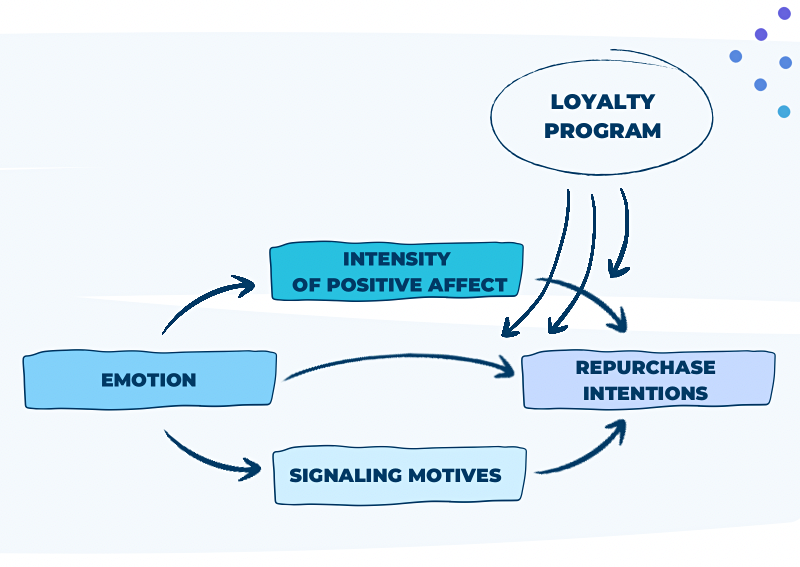
Fig. 1 describes the conceptual model that Sepianto et al proposed. It is proposed that:
● Pride and happiness, as compared to a neutral condition, will increase repurchase intentions in the frequency reward program condition.
● Intensity of positive affect will mediate pride and happiness effects, as compared to a neutral condition, on repurchase intentions in the frequency reward program condition.
● Pride, as compared to happiness and neutral conditions, will increase repurchase intentions in the customer tier program condition.
● Signaling motives will mediate pride effects, as compared to a neutral condition, on repurchase intentions in the customer tier program condition.
Pride or Happiness? Which vector is most useful?
So what does it all mean in the end? Well companies and their marketing teams can take away two main lessons from this study to increase their own loyalty programs for effectiveness.
First, tailor emotional appeal to your specific program type. For example a tagline like “Be proud of what you can receive and celebrate your reward!” can positively stimulate authentic pride and increase customers’ signaling motives that enhance customer tier loyalty programs. Furthermore, such promotional material can be accessed by different media or campaigns (Facebook page, website, check-in counter) without necessarily being part of the loyalty campaign itself, but to entice potential new joiners.
Secondly, you can pitch your loyalty program according to your customers’ natural – or “dispositional” emotional inclination. For example you can pitch a customer tier program to customers who display strong dispositional pride, and a frequency reward program to people who have a proclivity towards either happiness or pride.
As you can see, it all depends clearly on what type of program you set out to create for your customer base.
Sparta Loyalty and programs that drive emotional reinforcement
Bearing all of this information in mind it is important to assess what type of program you wish to create for your customers; a customer tier program or a frequency reward program. From there, you have to create your offers that most appeal to your customer base’s emotional underpinnings by understanding your customer base. This is thoroughly achieved by analyzing the customer data that you receive by your loyalty program. But analyzing and making sense of this data can be a daunting task and truly difficult to interpret at times. Never fear though, here at Sparta Loyalty, we have an expert panel of analysts you can help you better understand your customer base. With this knowledge you will be better equipped to tailor your loyalty program and its products to your current customer base, but by also attracting new ones. So what are you waiting for? Contact us and let’s get your loyalty program into overdrive!
References:
– Felix Septianto, Jake An, Tung Moi Chiew, Widya Paramita, Istiharini Tanudharma, The similar versus divergent effects of pride and happiness on the effectiveness of loyalty programs, Journal of Business Research, Volume 99, 2019


